blog
20th Anniversary Issue: Mick Stetson
As part of F-Stop Magazine’s 20th anniversary celebration we invited past featured photographers to share with us some thoughts and reflections. We asked each photographer to consider how their photographic work has changed over time, how the changes in photography over the past 20 years may have affected or influenced that change, and to share what they are up to most recently.
By Mick Stetson
https://www.mickstetson.photography/
Phase 1
My visual journey first began when I returned from living in the Middle East. In retrospect, I regretted not having a way to visually interpret and remember my extraordinary experiences during the three years I lived there. So, I began studying art history with the idea of learning how to paint my memories. Although I had some good results that were selected for a group exhibit, I wasn’t enamored with the painting process. It took too long to get a satisfactory result, and it was a solitary endeavor. I needed to find an aesthetic medium that would fit my personality. Something that would accommodate my impatience and give me opportunities to interact with my environment, especially people. After a few years, I finally found the perfect artistic outlet for myself — the camera. It would become my magic box.
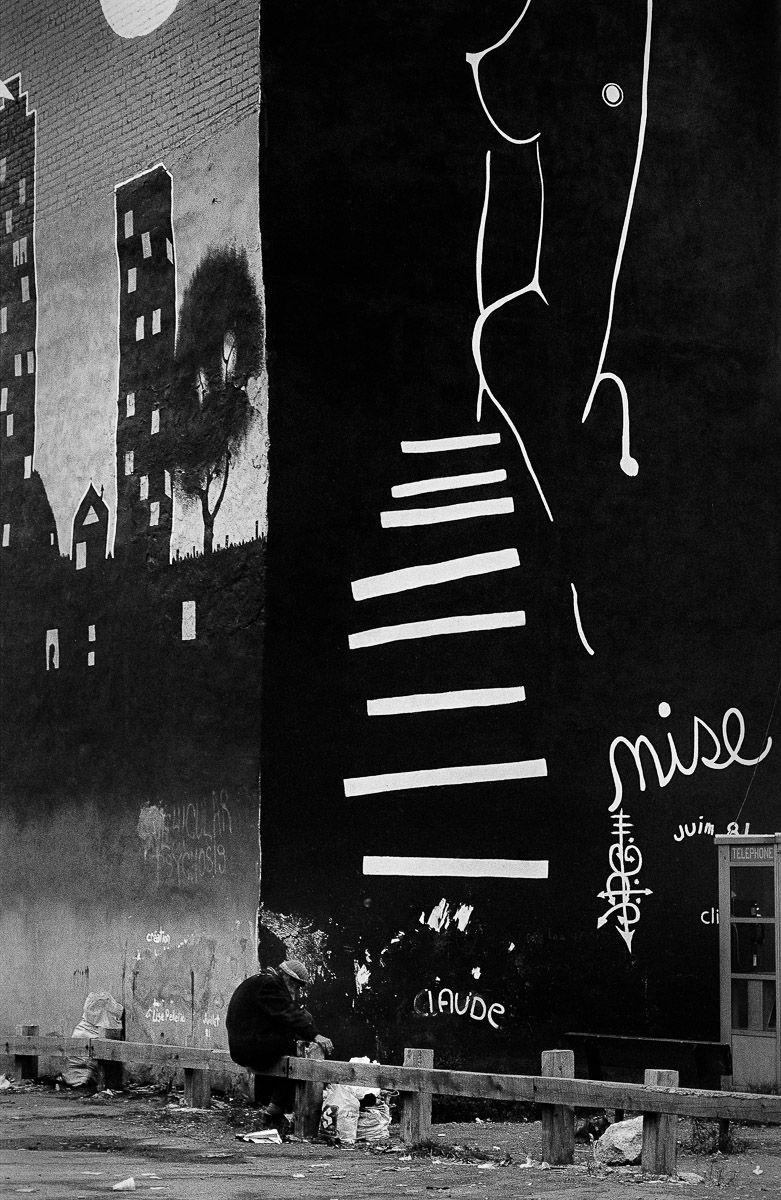
Claude — Montreal street scene.
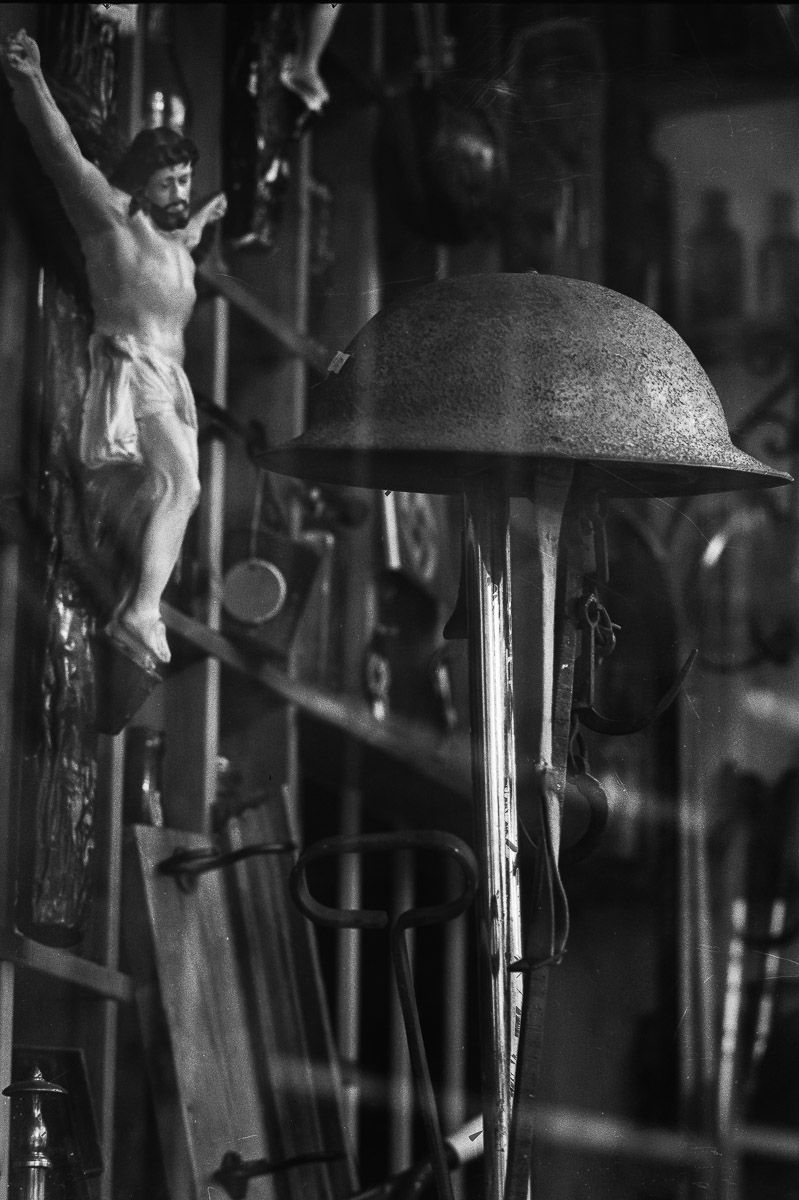
Window Shopping
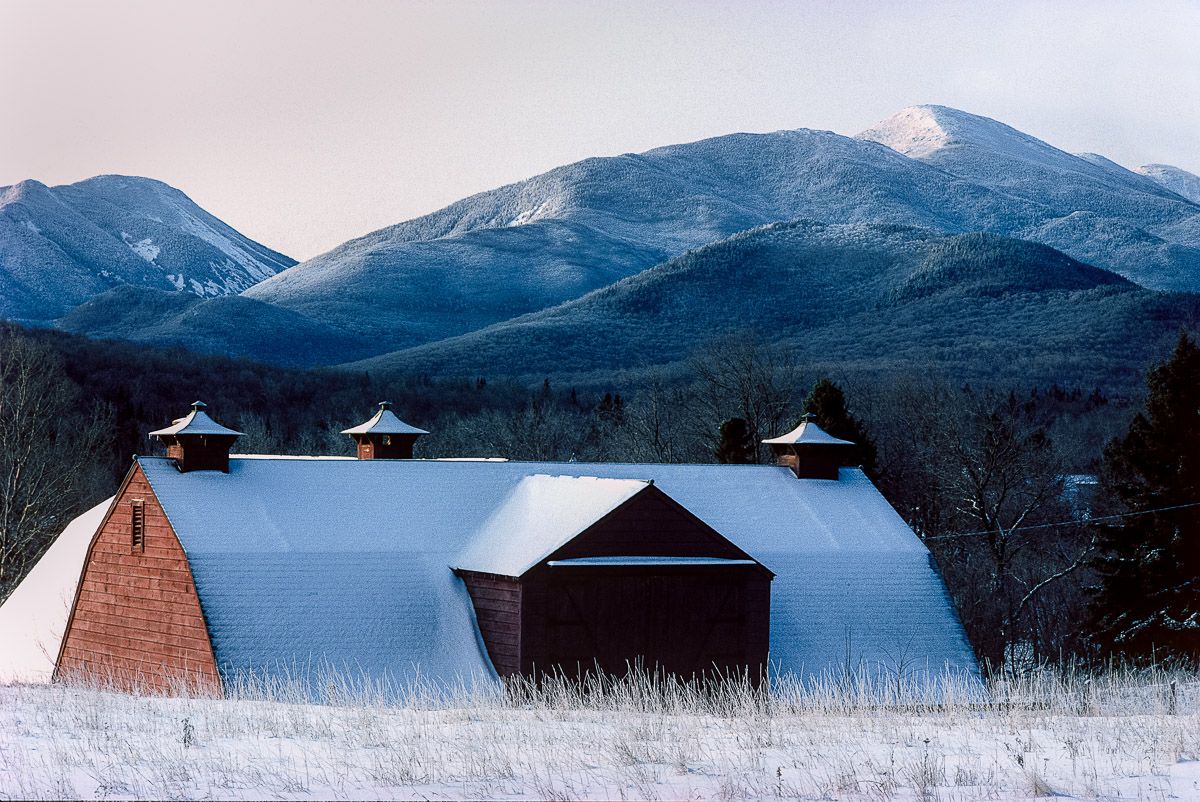
Lake Placid Barn — Adirondack mountains, upper New York State.

Spring Break Up — Lake Champlain.
Phase 2 — National Geographic photographer workshops
Since it was difficult for me to approach strangers who I would like to photograph, I focused mainly on landscapes and abstract images that rarely included people. My work in color generally depicted landscapes and nature, while my black and white images expressed more artistic ideas. Fortunately within three years, I had enough quality images for a portfolio and was accepted into a Master Class with National Geographic photographer, Bill Allard. This was a turning point for me. I learned from Bill many things, but most importantly that he also struggles with approaching strangers he wants to photograph. However, through the years he had developed several techniques for overcoming his fears, and would most always walk away with an exceptional image of the person. From that point on, most of my photographs included people, with landscapes making up the minority, usually for an “overall” for illustrating an area, event or culture.
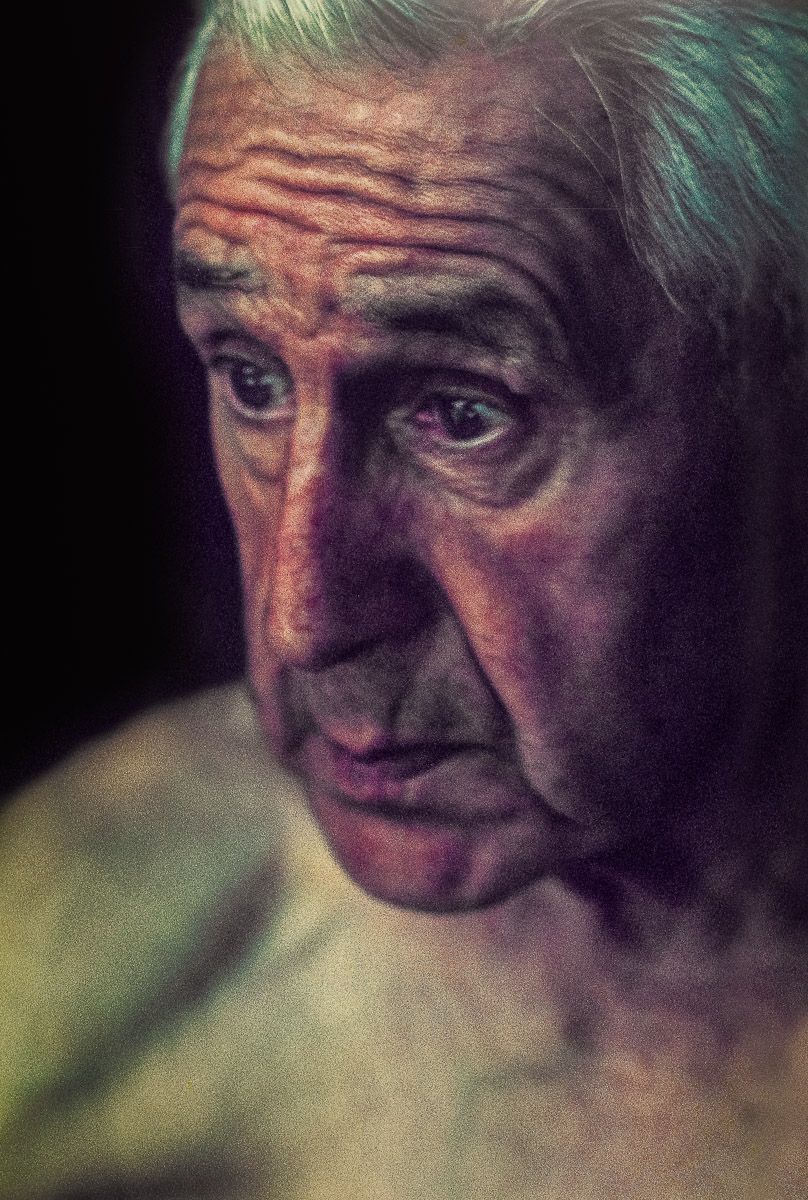
Abenaki Wood Carver — Leo Francis, an Abenaki Indian from the Penobscot tribe, is the last remaining wood carver. His ancestors created alliances with the first European traders and settlers who landed in New England in the 1600s. My family was among those settlers.
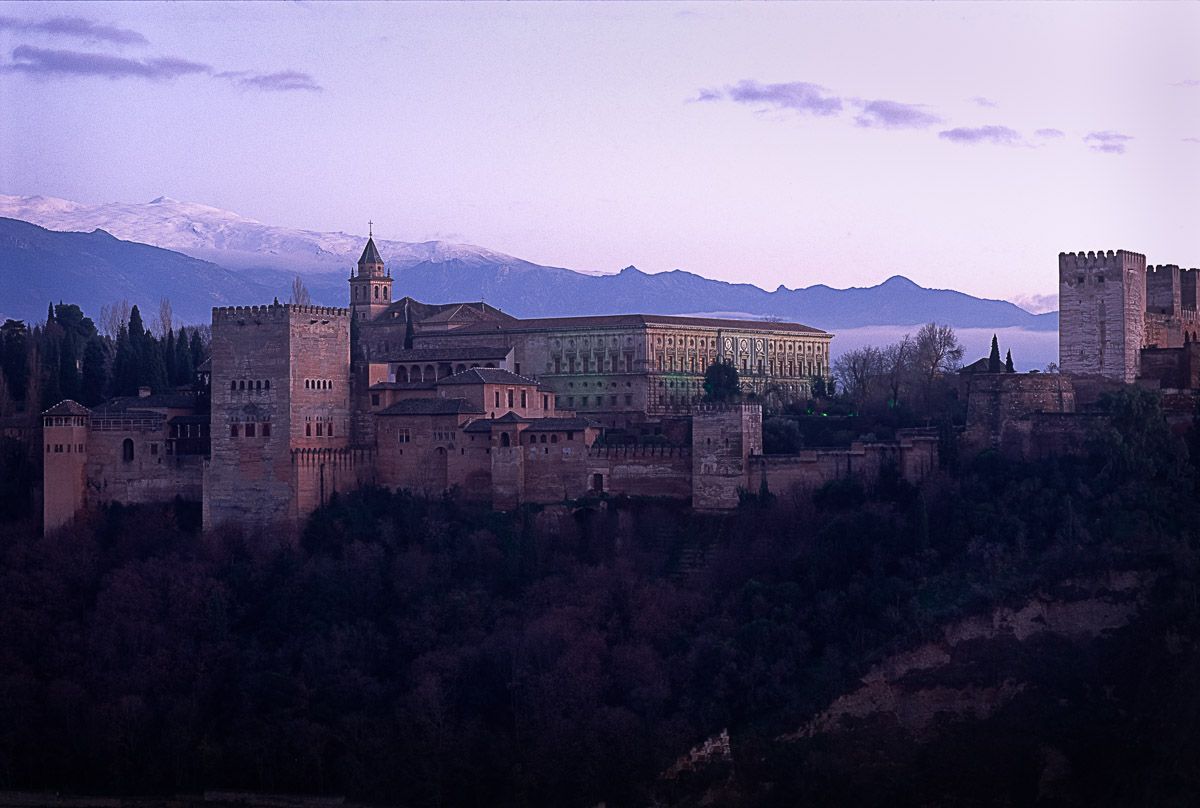
Alhambra — The Alhambra, translated as the “red fortress” from Arabic, was constructed in the 14th century by the Moorish rulers of Granada.
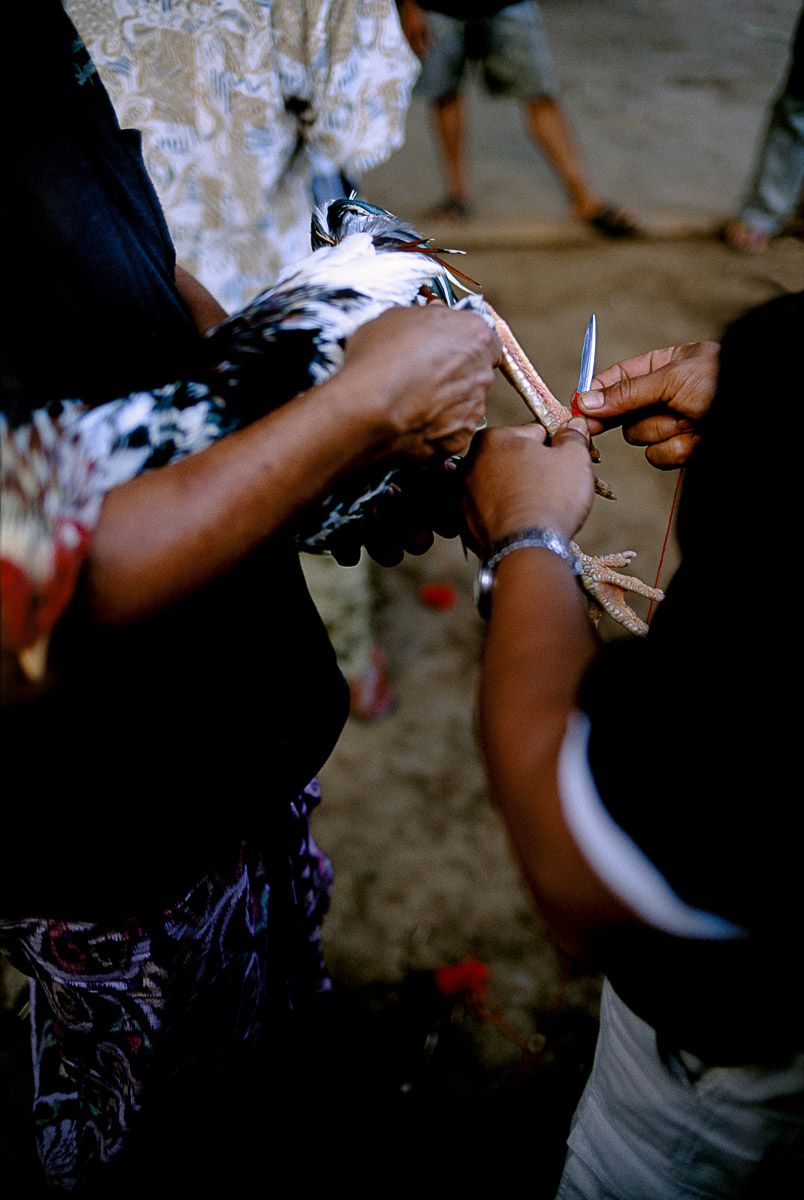
Cock Fight, Bali — Before the fight, a cock has a knife tied to its foot. The loser is either badly injured or dies.
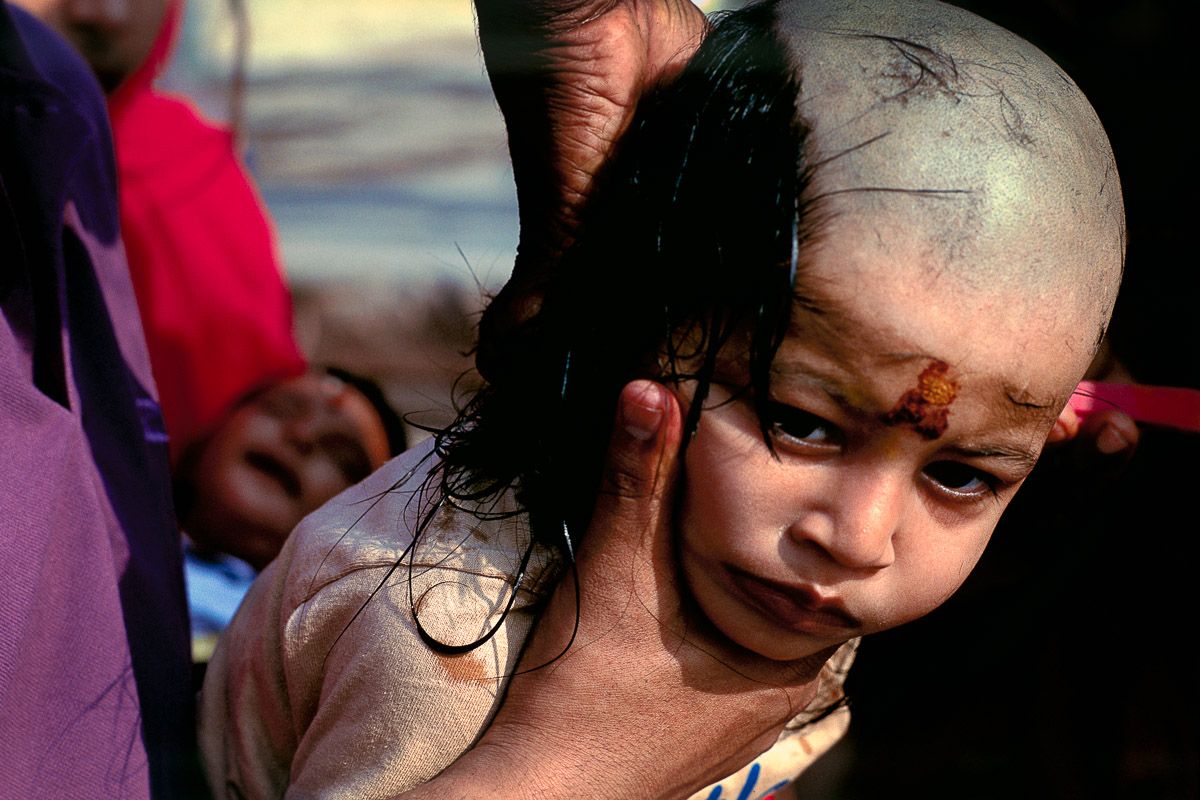
The Haircut — In the Hindu religion, a boy’s hair isn’t cut until they reach the age of seven. It’s a rite of passage that marks the transition between non-life (birth and pre-birth) to life.
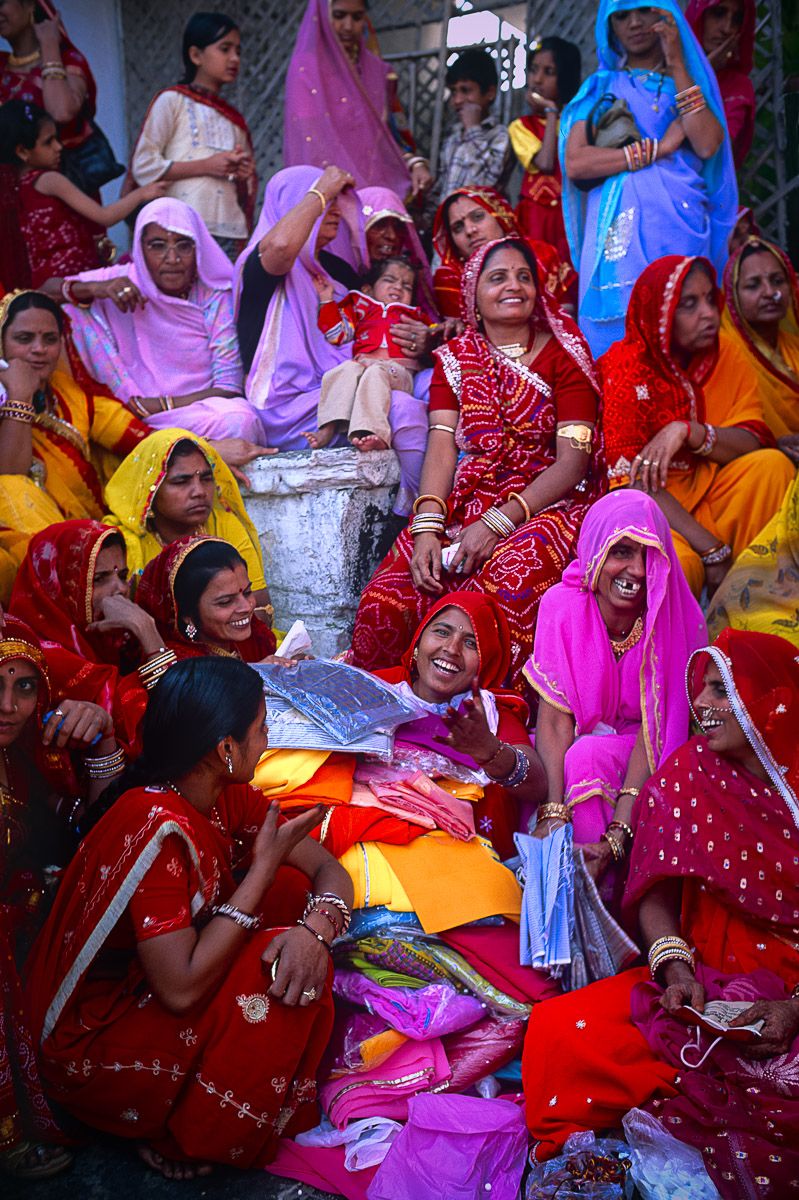
Wedding Gifts — A Hindu bride receives gifts from friends and family after her wedding ceremony.

Vietnam Port — Just after dawn, the fishing port at Nha Trang bustles with activity.
Phase 3 —Transitioning from analog to digital
I started photography using a 35mm camera with both black and white film and color transparencies. At that time there were a lot of steep learning curves. To be successful it was imperative that you know these things: 1) the technical skills of operating the camera; 2) the mechanics of achieving reliable and consistent exposures; 3) how to use exposure to bend the light to extract the most expressive qualities for that photographic situation; 4) as well as the key aspects of visual literacy and composition from art history. Most of my photographs were made using manual settings, but in order to consistently get the results I wanted, I needed to learn Ansel Adams’ Zone System. With 35mm cameras there was a spot meter built into the camera, so I could use that to measure the light (not the auto settings for the camera) and put the shadows and/or highlights exactly where I wanted them. It became very easy for me to get consistent results in any lighting situation. However, as film and especially film processing became more and more scarce, I reluctantly introduced a digital camera into my photo bag. This was 2009. When I photographed, I used both film and digital, comparing the results of each. Eventually, I stopped carrying film and went totally digital in 2012.
The digital cameras didn’t have a spot meter so I had to rely on the auto modes (usually Aperture Priority) for the correct exposures. One day I was doing some post-production on a color image in Lightroom and I decided to check its appearance in B&W mode. I was shocked. The gray tones were very muddy with no clean distinction between the adjacent tones. At this time I realized that the camera’s computer was not able to record the light correctly (as the camera manufacturers promised); at least not like the analog cameras. Immediately, I purchased a hand-held light meter and stopped using the camera’s auto modes.
Everything about the new digital magic box was fast! High ISOs, enabling higher shutter speeds for very low-light situations; a gatling gun shutter release that produced more than a hundred images a minute; a LED screen for reviewing your images immediately (I liked this), etc. etc. Although many of these new features made it possible to make images that we couldn’t do with film, it seemed that all the romance between you and your camera had quickly disappeared. No longer was it important to stand back and observe the scene, making preliminary choices of where the best images might lie. Just jump in and fire away, somehow with all that repetition a quality image will emerge, right? Well…I beg to differ. I find that my most successful images come from intense observation and the dialogue I have with the environment I’m in and my own intuition. So, I put my new digital magic box on manual mode, changed the CL (Continuous Low) shutter release to S (Single) and began using my hand-held light meter, relying almost entirely on observation and intuition.
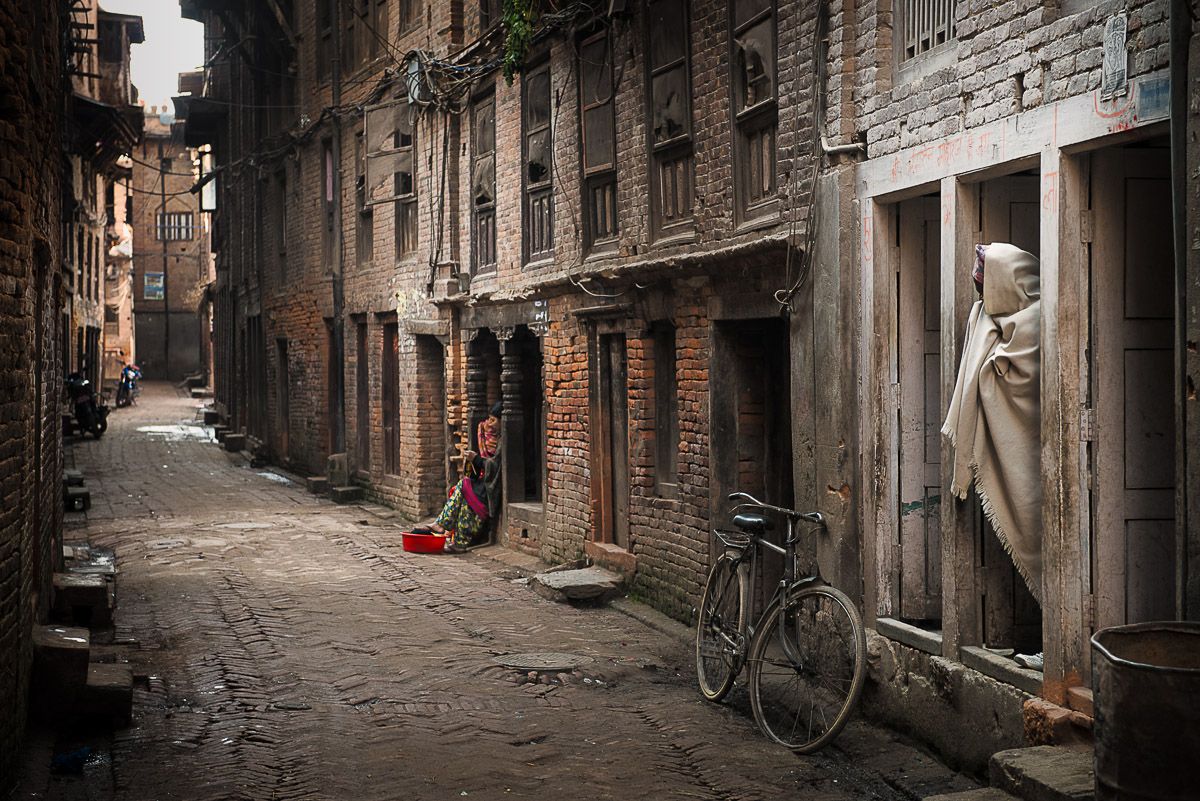
Bhaktapur Back Streets — Although Bhaktapur has a booming tourist trade, most of the residents are poor, eking out their living as laborers or farmers, and living in dilapidated Newari brick homes. This kind of poverty is typical of most Hindus living in Nepal and northern India.

Shwedagon Paya — The Shwedagon Temple, more than 2500 years old, is the most sacred Buddhist site in all of Myanmar. In 2007, it became the site of violent clashes between military forces and protesting monks defying the junta’s ban on public assembly as they tried to enter the temple to worship.
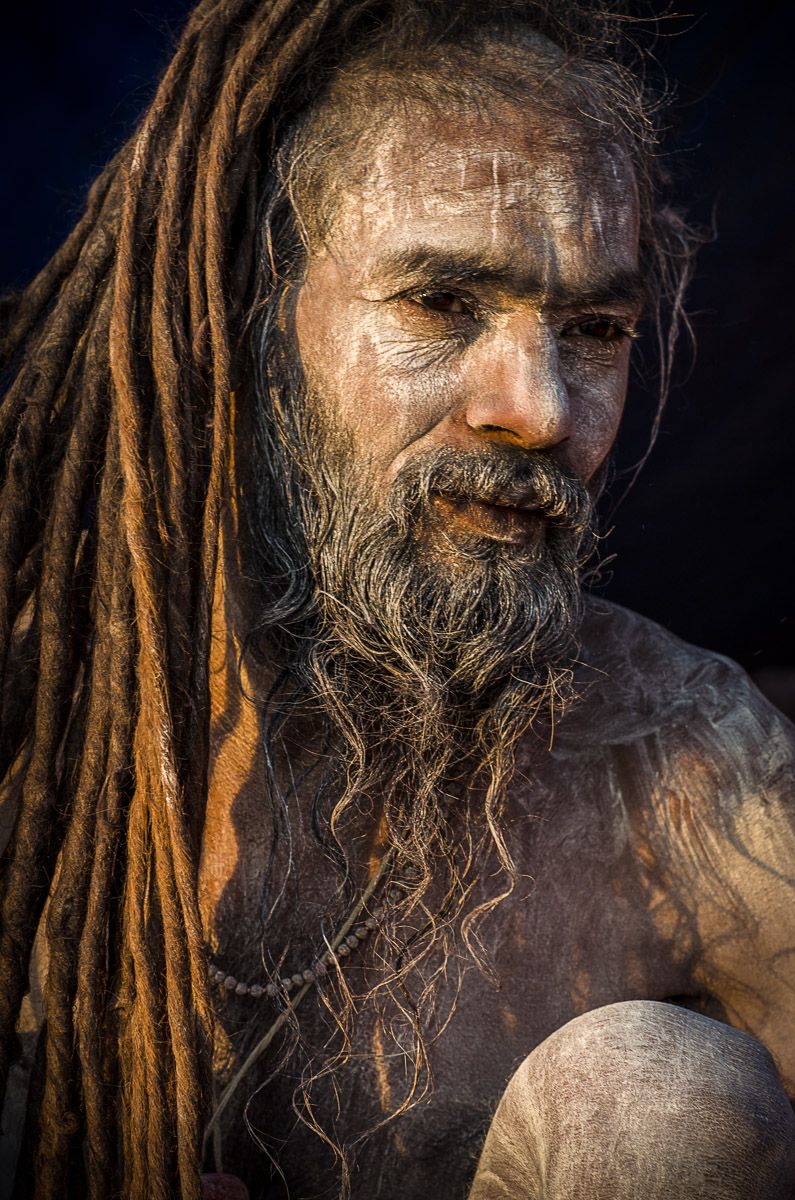
Naga Sadhu — Pradib Tuwari is one of many naga (naked) sadhus who attended the month-long Kumbha Mela in Allahabad, India, 2013. Sadhus are respected for their holiness and revered by Hindus as representatives of the gods.
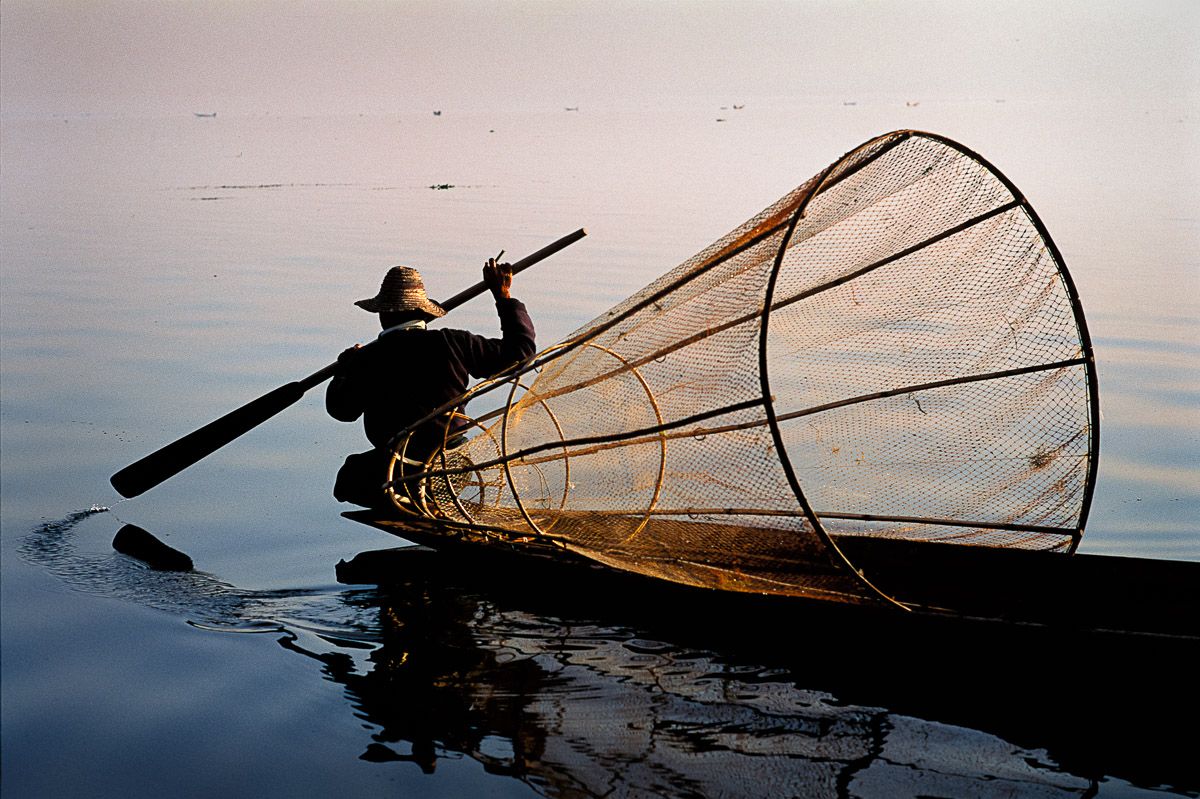
Intha Fisherman — In the early morning, fishermen ply the waters of Inle Lake, looking for favorable spots to fish. Until 1962, the Shan ruled this area, becoming one of the wealthiest ethnic groups in Myanmar by exploiting the other ethnic minorities living there, treating them like slaves.
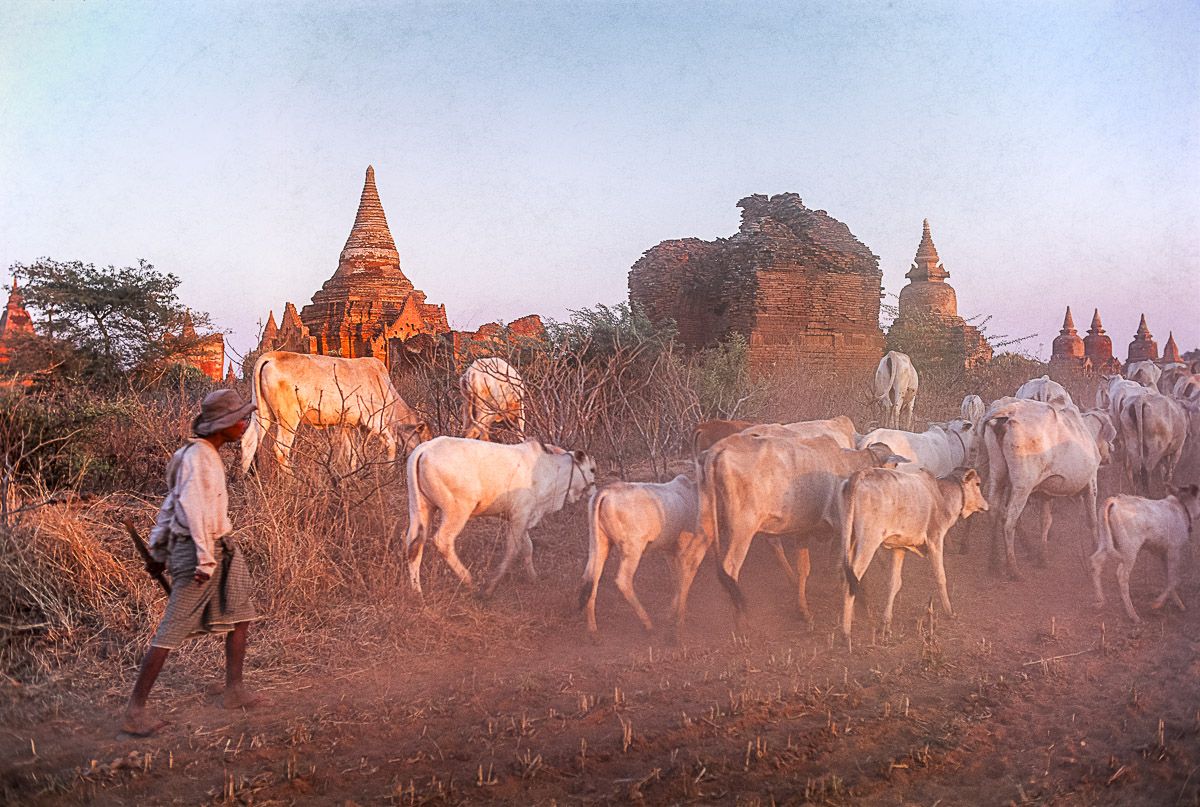
Bagan Shepherd — Subsistence farming is the most prevalent work activity in Myanmar. International tourists visit the Bagan plain of temples, stretching 13 kilometers from east to west, while farmers and herders use the land to eke out a living.
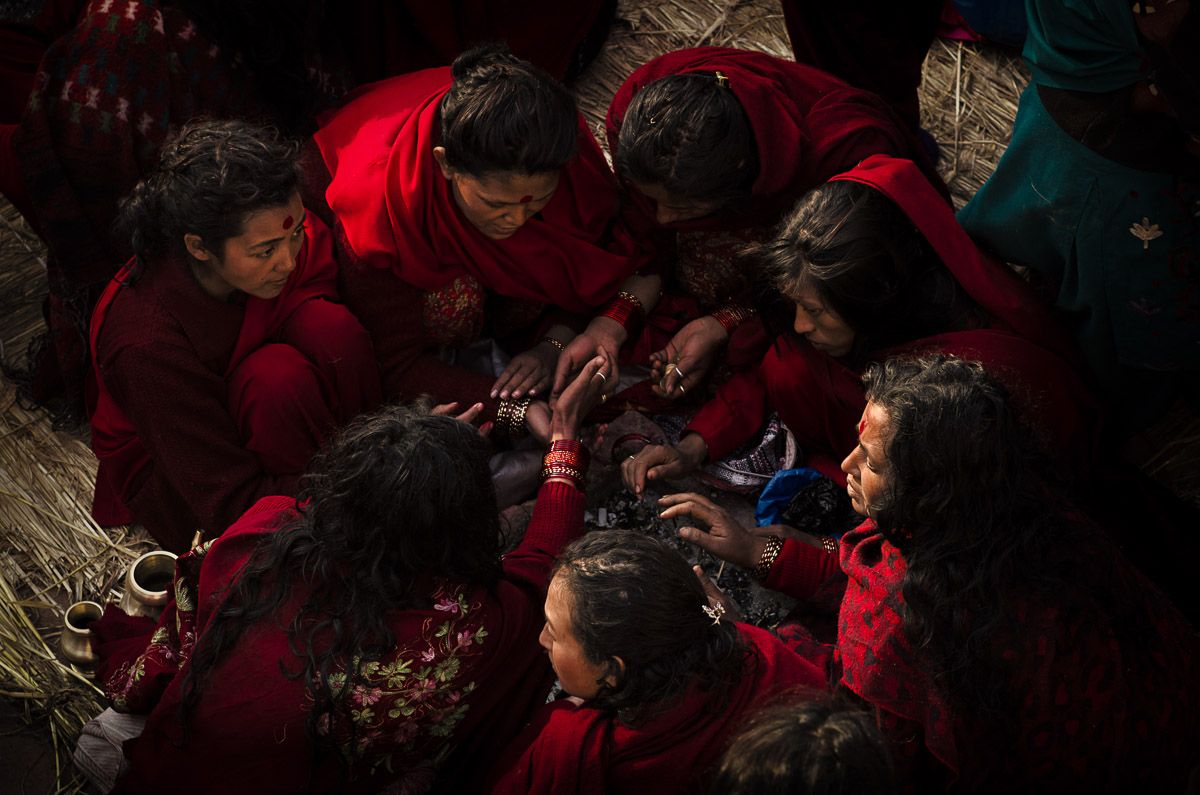
A Rich Circle of Hope — Every year, 200 women participate in the Swasthani Puja, a month-long festival where the pilgrims pray and fast. It is a difficult experience, testing the pilgrims’ resolve and faith. In order to overcome the hardships, the women support each other, forming alliances and new friendships that continue throughout their lives.
Phase 4 —Retracing My Steps: Using Analog Methods with Digital Tools
Recently, I’ve been digging back into the archives of my analog methods and trying to see how I can use them to create new ways of making images in the digital format. In the tribute I created for the Impressionists (mainly Monet), “Reveries of Giverny,” I was experimenting with incorporating different in-camera techniques, such as panning, slow shutter speeds and multi-exposures. I was thinking of my camera as a paintbrush in an artist’s hand. What fascinates me the most about still photography is that the image you make in the magic box is a real moment, that exists in real time. Some of my work now is trying to stretch this reality, and through the magic box maybe I can create the illusion of more than one moment, more than one reality. I don’t know, but it’s a lot of fun trying.
In conclusion, the camera is only magical when you, the photographer, send all of your experience, observations, skills, insights and intuition through it. Only then does it become a magic box. Really, it doesn’t matter if the format is analog or digital, it matters that the persona behind the lens — not the camera — is the director.
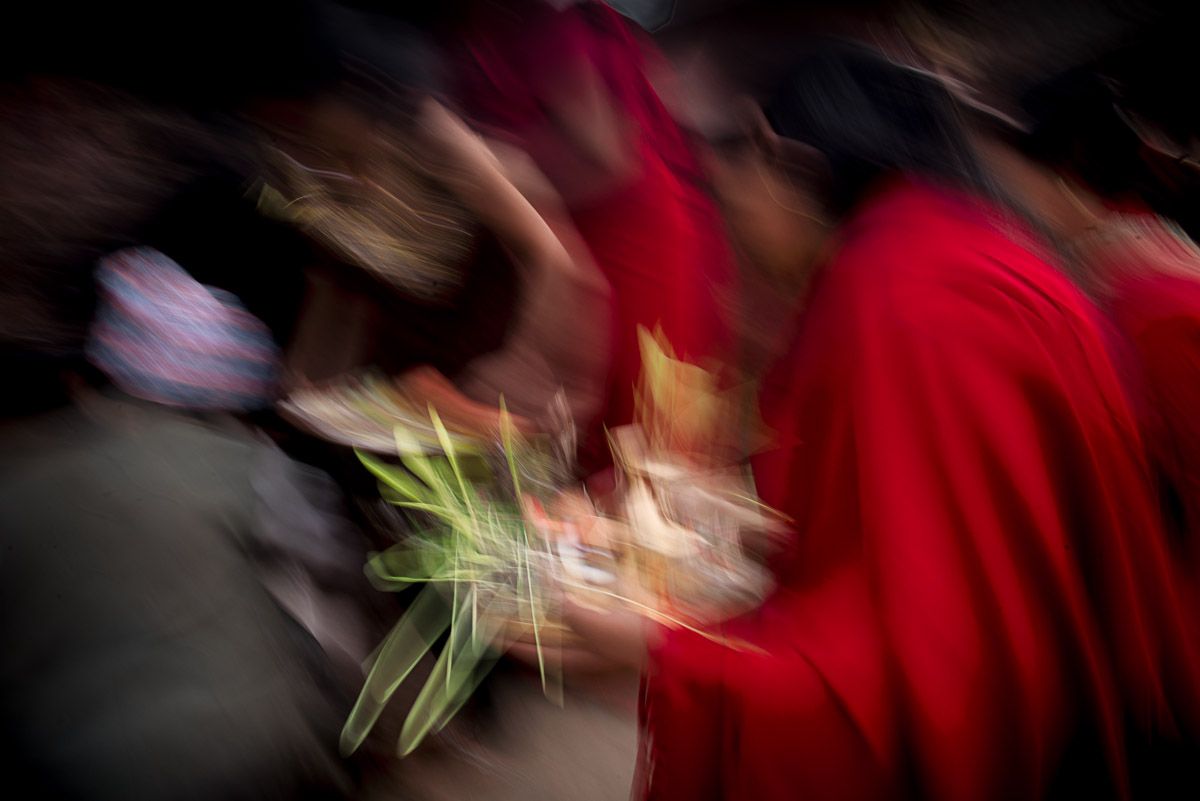
Dasain Festival, Bhaktapur — Processions of women Hindu devotees, dressed in their finest saris, meticulously and passionately offer gifts to the gods who help protect their city and its inhabitants.
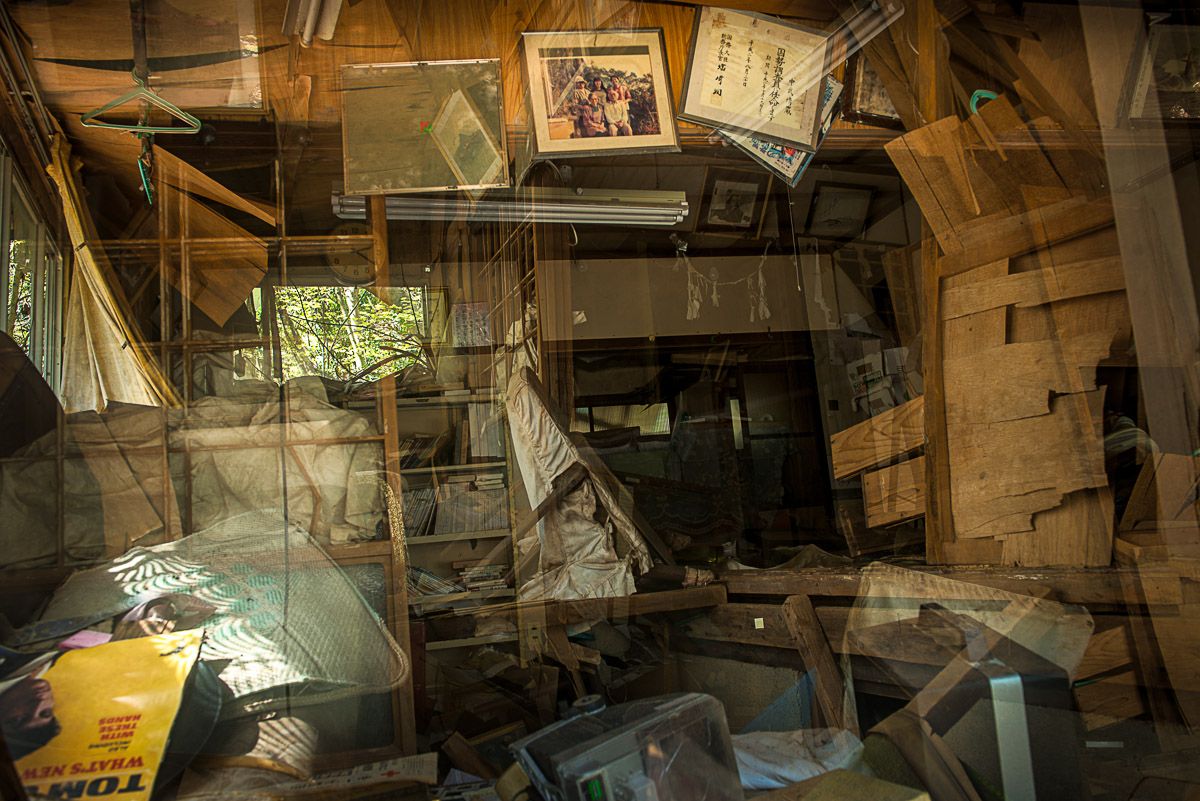
The Teacher’s Home — Japan’s Vanishing Villages.

Temple Rituals, Dasain Festival — In Nepal, the Newars consider themselves the true custodians of Nepal’s culture, civilization & religion. For the Newars, rituals are an integral part of every persons’ daily life, from the very young to the very old.

Reveries of Giverny — At Suwa Shrine pond / koi unfurl dreams and legends / in dervish whirls below.
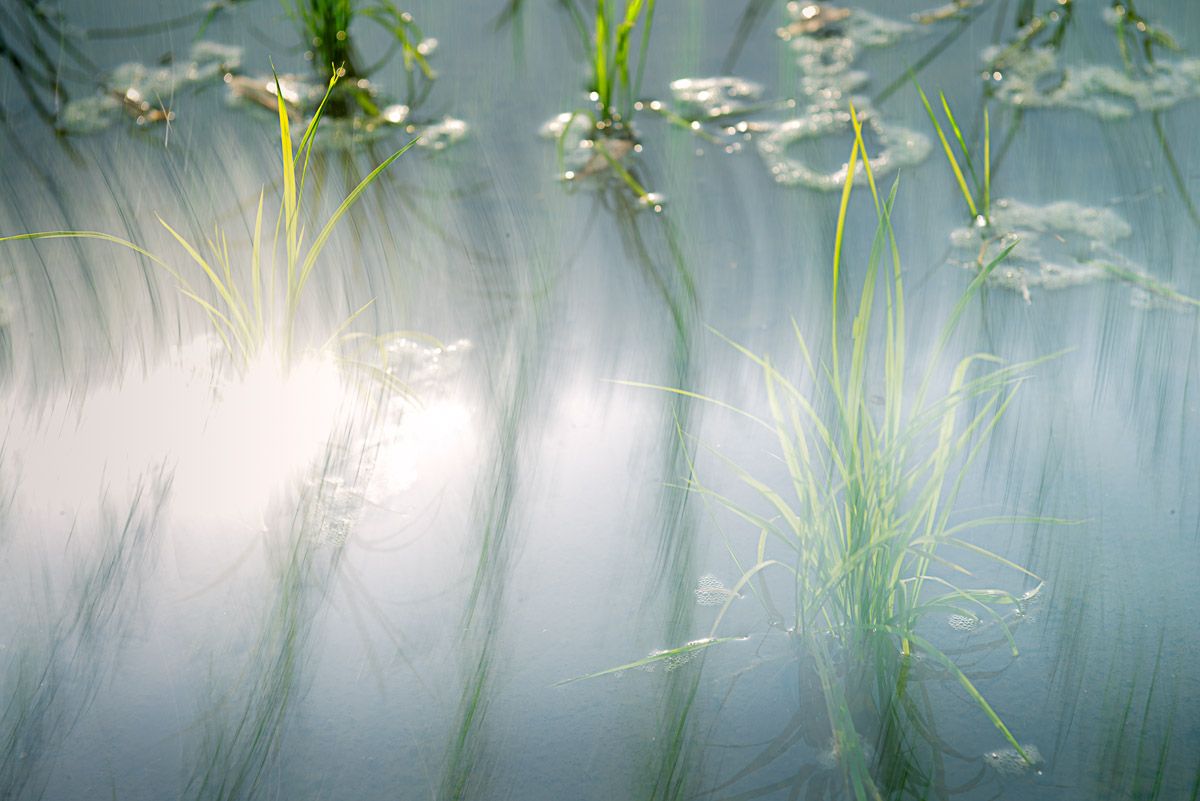
The Endless Flow of Continuous Creation — An evening walk through my neighborhood in southern Japan in the midst of the Covid-19 pandemic. Looking, wondering about the future, remembering the power of nature — how every question and every answer is there, waiting to be discovered.
Location: Online Type: Essay, FStop20th
One response to “20th Anniversary Issue: Mick Stetson”
Leave a Reply
Events by Location
Post Categories
Tags
- Abstract
- Alternative process
- Architecture
- Artist Talk
- artistic residency
- Biennial
- Black and White
- Book Fair
- Car culture
- Charity
- Childhood
- Children
- Cities
- Collaboration
- Community
- Cyanotype
- Documentary
- Environment
- Event
- Exhibition
- Faith
- Family
- Fashion
- Festival
- Film Review
- Food
- Friendship
- FStop20th
- Gender
- Gun Culture
- Habitat
- Hom
- home
- journal
- Landscapes
- Lecture
- Love
- Masculinity
- Mental Health
- Migration
- Museums
- Music
- Nature
- Night
- nuclear
- p
- photographic residency
- Photomontage
- Plants
- Podcast
- Portraits
- Prairies
- Religion
- River
- Still Life
- Street Photography
- Tourism
- UFO
- Water
- Zine

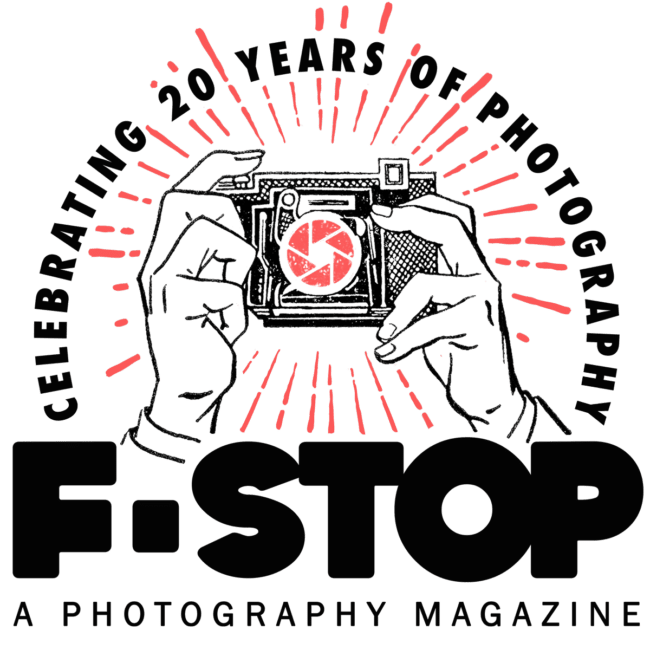
Your photographs are incredible and varied. I love the adventure I experience vicariously as I view them and imagine the sounds, smells, surroundings, and feelings that you must have when you were readying your camera.